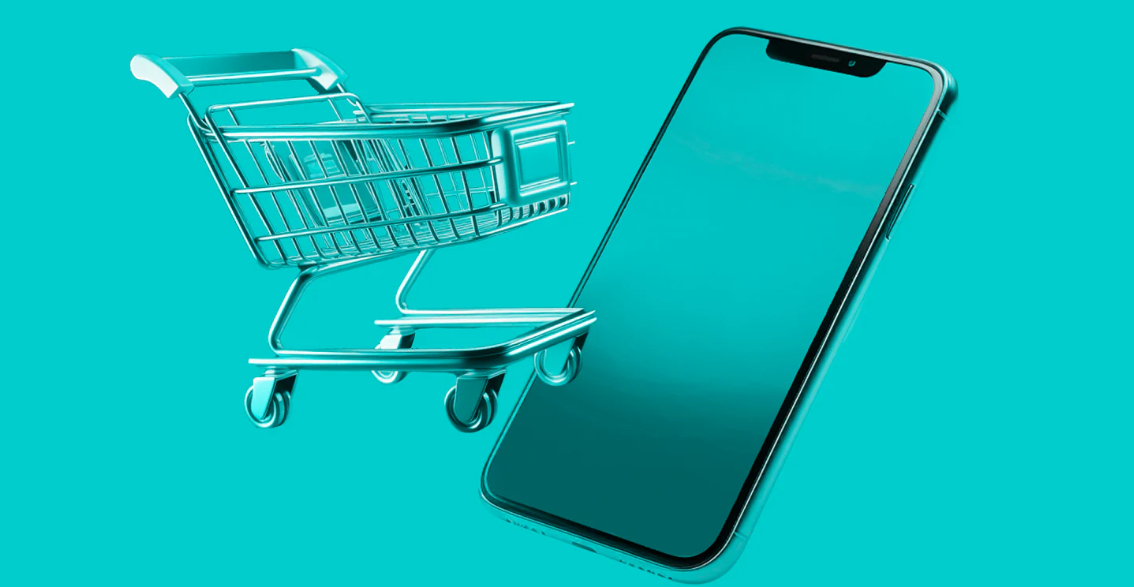Dropshipping on Shopify has become an increasingly popular business model for entrepreneurs looking to start an online store with minimal upfront investment. By partnering with suppliers who handle inventory, packaging, and shipping, dropshippers can focus on building their brand, marketing their products, and providing excellent customer service. In this comprehensive guide, we'll walk you through the steps to launch a successful Shopify dropshipping business in 2024.
Choosing a Profitable Niche
The first step in starting a dropshipping business is selecting a profitable niche. A niche is a specific market segment that caters to the needs and interests of a particular group of consumers. When choosing a niche, consider the following factors:
Market Demand
Use tools like Google Trends and Google Keyword Planner to research the search volume and interest for potential products and niches. Look for niches with growing demand and high search volume.
Competition
Analyze the competition in your chosen niche. While a highly competitive market can indicate strong demand, it also means you'll need to differentiate your store and find ways to stand out.
Profit Potential
Consider the profit margins for products in your niche. High-ticket items with low manufacturing costs tend to have the best profit potential.
Some of the most profitable dropshipping niches in 2024 include:
- Apparel and accessories
- Beauty and personal care
- Home decor and furniture
- Pet supplies
- Outdoor and sporting goods
- Electronics and gadgets

Shopify Drop Shipping Business
Choosing a Dropshipping Supplier
Selecting the right dropshipping supplier is crucial to the success of your business. A good supplier should offer high-quality products, reliable shipping, and excellent customer service. When evaluating potential suppliers, consider the following:
Product Quality
Order samples of the products you plan to sell to ensure they meet your standards for quality and durability.
Shipping Times and Costs
Look for suppliers that offer fast shipping times and reasonable shipping costs. Customers expect fast delivery, so choose a supplier that can deliver within 2-3 weeks.
Customer Service
A good supplier should be responsive to your questions and concerns. Look for suppliers with a track record of good customer service.
Branding and Packaging
Some suppliers offer branded packaging and invoices to enhance the customer experience. This can help you build brand loyalty and reduce the risk of customers contacting the supplier directly.
Building Your Shopify Store
Once you've chosen a niche and supplier, it's time to build your Shopify store. Shopify offers a user-friendly platform with a wide range of customizable themes and features to help you create a professional-looking store.
Choosing a Theme
Shopify offers a wide range of free and paid themes to choose from. Select a theme that fits your brand and niche, and customize it to match your unique style.
Adding Products
Use a dropshipping app like DSers or Oberlo to import products from your supplier into your Shopify store. Be sure to optimize product descriptions and images to make your store stand out.
Optimizing for SEO
Use relevant keywords in your product titles, descriptions, and meta tags to improve your store's visibility in search engines. Create high-quality content like blog posts and buying guides to attract organic traffic.

Enhancing the Customer Experience
Add features like product reviews, live chat support, and easy returns to build trust and improve customer satisfaction. Offer multiple payment options and a smooth checkout process to reduce abandoned carts.
Marketing Your Store
Once your store is set up, it's time to start marketing your products. Effective marketing is key to driving traffic and generating sales. Here are some strategies to consider:
Social Media Marketing
Use platforms like Facebook, Instagram, and TikTok to reach potential customers and showcase your products. Create engaging content, run targeted ads, and collaborate with influencers in your niche.
Email Marketing
Build an email list of subscribers and send regular newsletters with product updates, promotions, and valuable content. Use email automation tools to segment your list and personalize your messages.
Search Engine Optimization (SEO)
Optimize your store for search engines by creating high-quality content, building backlinks, and using relevant keywords. This can help you rank higher in search results and attract organic traffic.
Paid Advertising
Use platforms like Google Ads, Facebook Ads, and TikTok Ads to reach a wider audience and drive targeted traffic to your store. Experiment with different ad formats, targeting options, and budgets to find what works best for your business.

Scaling Your Business
As your dropshipping business grows, it's important to continuously optimize your store, streamline your operations, and find ways to scale your success. Here are some strategies to consider:
Automating Your Workflows
Use tools like Zapier and IFTTT to automate repetitive tasks like order processing, inventory management, and customer service. This can save you time and reduce the risk of human error.
Diversifying Your Product Offerings
Consider adding new products and categories to your store to appeal to a wider audience and reduce your reliance on a single supplier. Be sure to research demand and competition before adding new products.
Expanding to New Sales Channels
In addition to your Shopify store, consider selling on marketplaces like Amazon, eBay, and Etsy. This can help you reach a larger audience and diversify your revenue streams.
Improving Customer Retention
Focus on building long-term relationships with your customers by providing excellent service, offering loyalty programs, and encouraging repeat business. Happy customers are more likely to leave positive reviews and refer their friends to your store.
Conclusion
Starting a successful Shopify dropshipping business in 2024 requires careful planning, execution, and ongoing optimization. By choosing a profitable niche, selecting reliable suppliers, building a professional-looking store, and implementing effective marketing strategies, you can build a thriving online business with minimal upfront investment. Remember to continuously test, measure, and refine your approach to stay ahead of the competition and drive long-term success.


